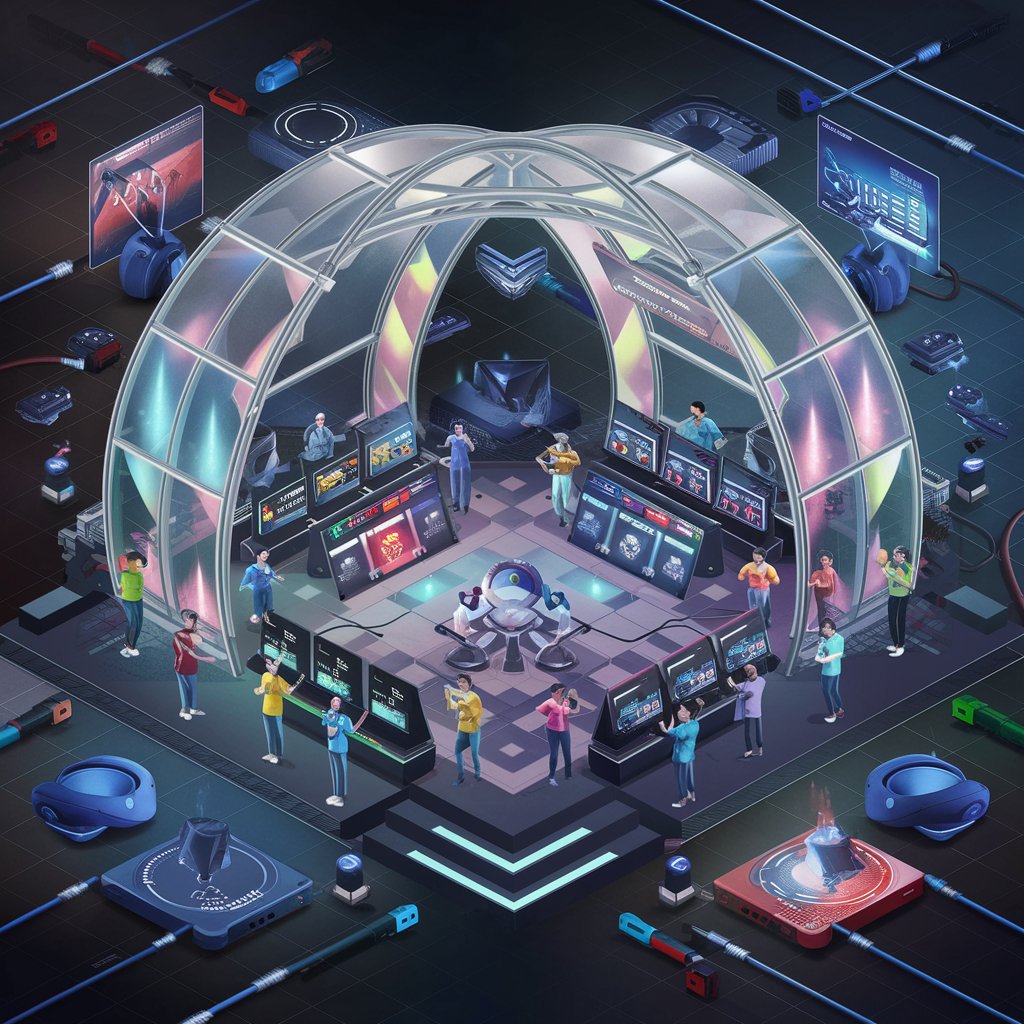Designing VR esports arenas presents a unique set of challenges and opportunities, as this innovative approach to competitive gaming merges advanced technology with immersive experiences. Unlike traditional esports arenas, which are designed with physical seating, stages, and large screens, VR esports arenas require a different design philosophy to accommodate the virtual environments in which players compete.
One of the primary challenges in designing VR esports arenas is ensuring a seamless integration between the virtual and physical worlds. While the virtual space can be richly detailed and dynamic, creating a corresponding physical space that supports VR technology is crucial. This involves designing areas that allow for safe movement and interaction while accommodating the equipment needed for VR experiences. Physical arenas must be equipped with advanced systems to support VR hardware, such as high-performance servers, powerful graphics processors, and reliable network infrastructure to minimize latency and ensure smooth gameplay.
Another significant challenge is addressing the spatial requirements of VR gameplay. Unlike traditional esports, where players are confined to desks and monitors, VR gaming often requires players to move around within a defined space. Designing an arena that allows for this level of physical activity while maintaining safety is essential. This means creating ample room for players to navigate without obstruction, implementing safety measures to prevent accidents, and ensuring that the physical environment enhances, rather than detracts from, the virtual experience.
In terms of innovation, VR esports arenas offer exciting possibilities for enhancing the spectator experience. Traditional esports events often rely on large screens and physical seating for viewers, but VR arenas can provide a more immersive and interactive viewing experience. Spectators can experience matches from multiple perspectives, including the players’ viewpoints or dynamic camera angles within the virtual environment. This level of engagement allows fans to feel as though they are part of the action, offering a unique way to experience competitive gaming events.
Additionally, the integration of augmented reality (AR) elements into VR arenas can further enhance the spectator experience. By overlaying AR elements onto the physical space, designers can create interactive features such as live statistics, player information, and real-time updates that complement the virtual action. This fusion of VR and AR technologies can create a more engaging and informative experience for both players and spectators.
Another innovative aspect of VR esports arenas is the potential for customization and adaptability. Virtual environments can be easily modified to suit different game genres, events, or themes, providing a level of flexibility that traditional arenas cannot offer. This adaptability allows for the creation of unique and tailored experiences for various competitive events, enhancing the appeal and variety of VR esports.
Furthermore, designing VR esports arenas involves considering the overall infrastructure and logistics of hosting large-scale events. This includes managing player and spectator flow, ensuring effective communication and coordination between teams, and integrating advanced broadcasting technologies to capture and stream the VR gameplay. Effective arena design must address these logistical considerations while maintaining a high-quality experience for all participants.
In conclusion, designing VR esports arenas presents a range of challenges and opportunities that are distinct from traditional gaming venues. By addressing the spatial, technological, and experiential aspects of VR, designers can create innovative arenas that offer immersive and engaging experiences for players and spectators alike. As VR technology continues to evolve, the design of esports arenas will likely see further advancements, shaping the future of competitive gaming.

